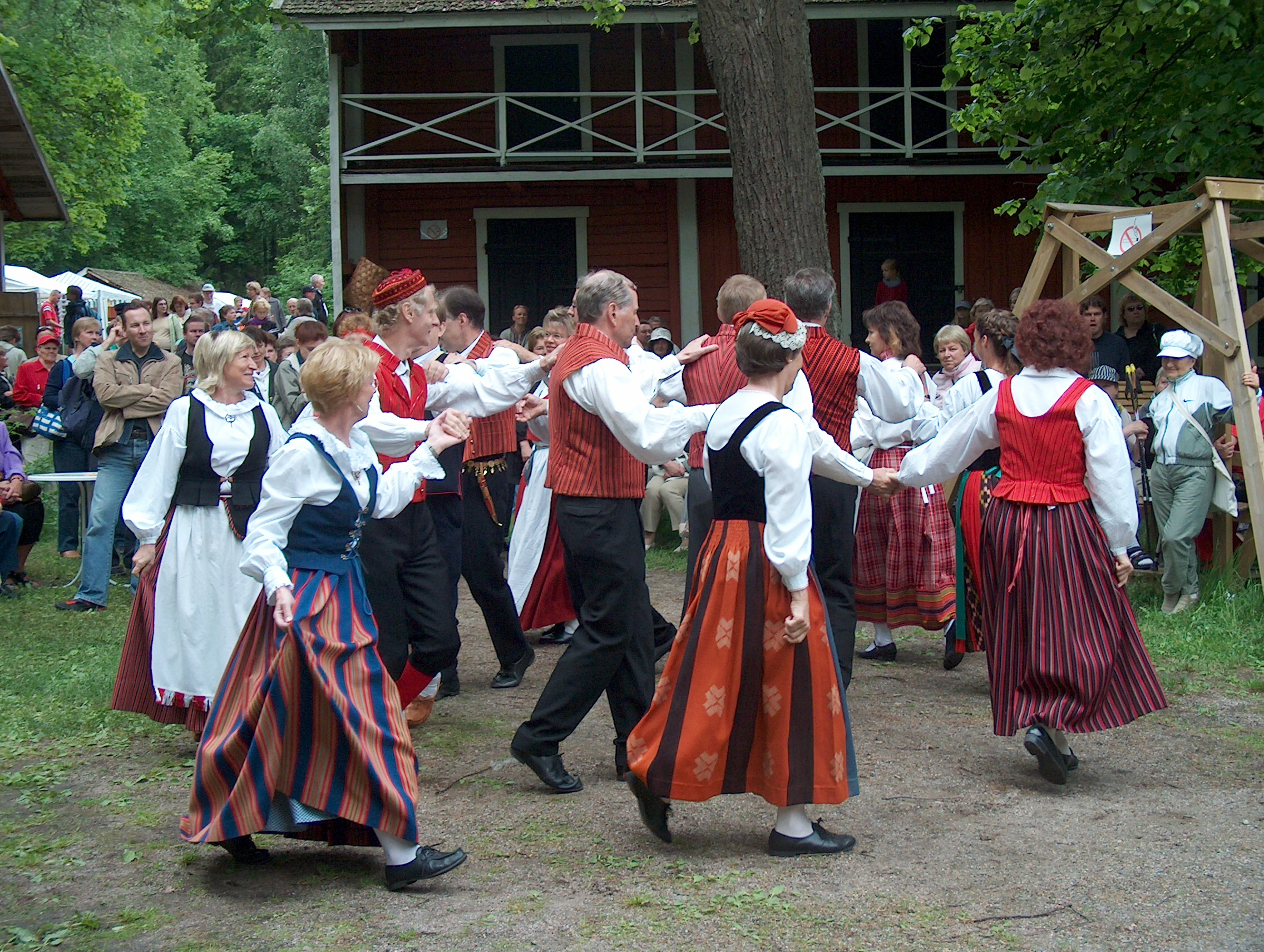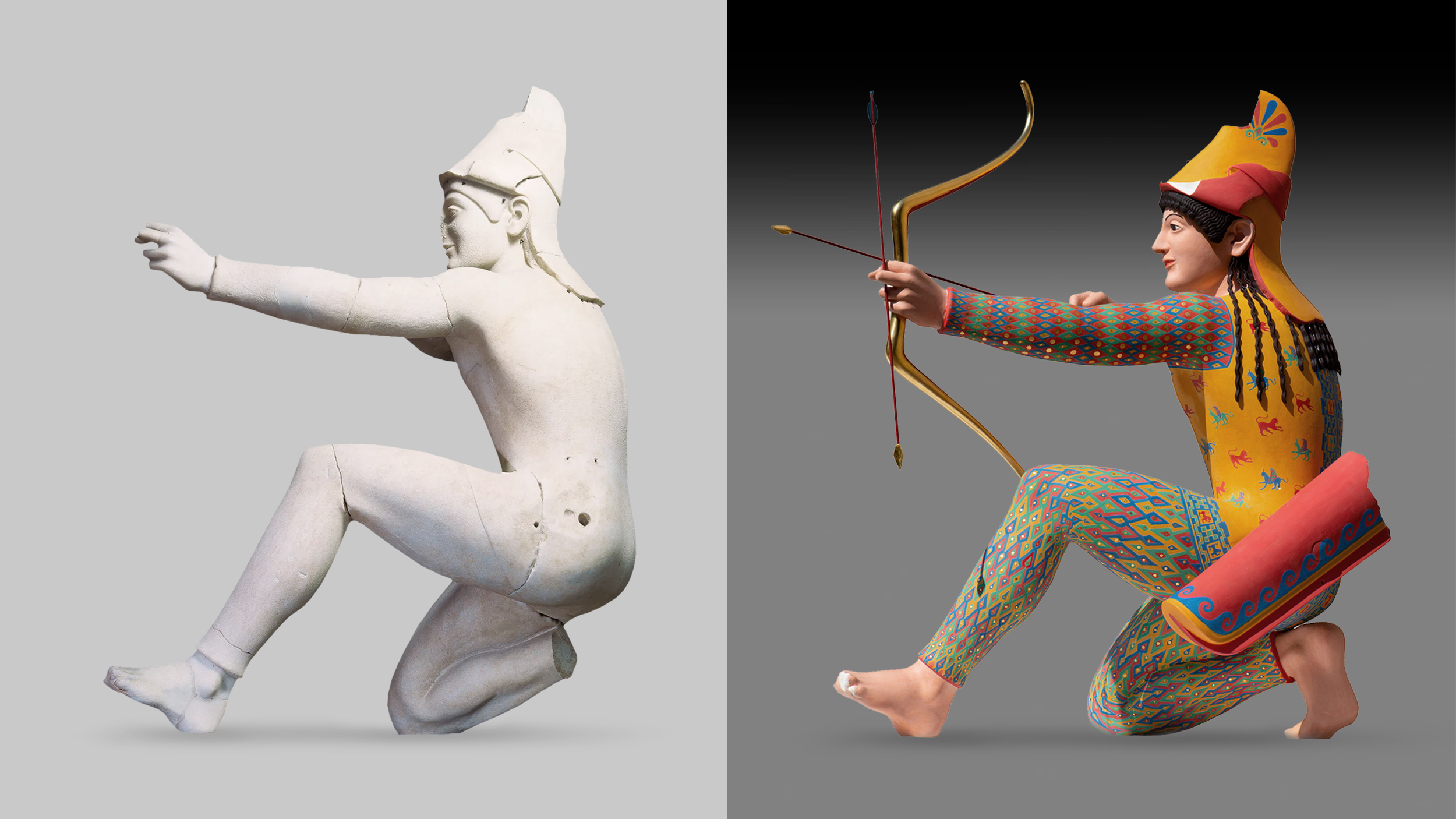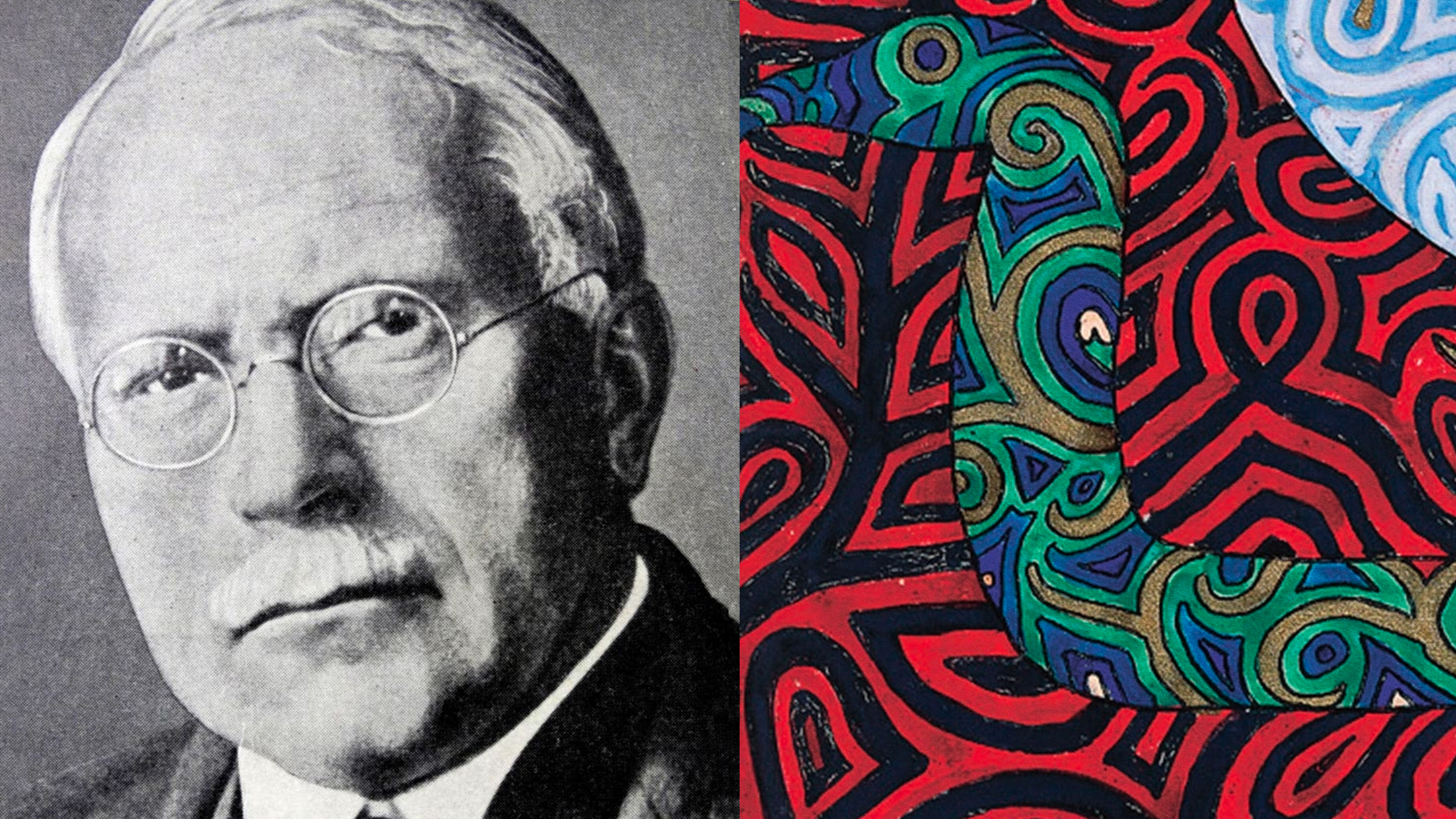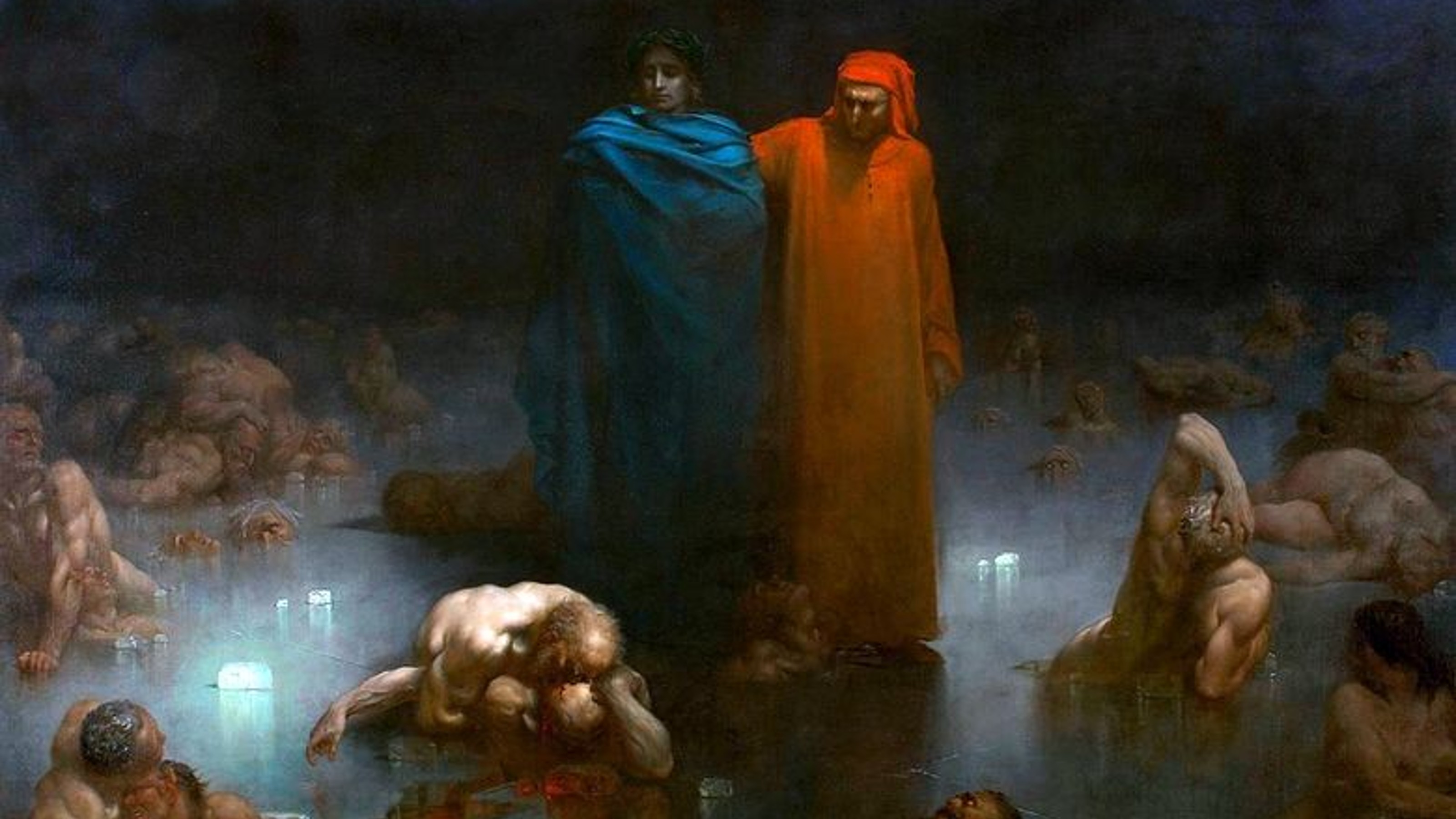Scandinavian heavy metal: Why Earth’s happiest place makes the darkest music

- There are more heavy metal bands in Scandinavian countries than anywhere else.
- It’s been argued the genre’s popularity is uniquely linked to Nordic culture, history, and climate.
- At the same time, the preference for metal could be due to affluence and education.
Scandinavian countries consistently rank as the happiest in the world, and for good reason. Their societies are trustful and homogenous, with high GDPs per capita, long life expectancies, and reliable infrastructure. Even their prisons, which emphasize rehabilitation over punishment and allow inmates to cook their own meals and grow their own gardens, seem relatively pleasant.
But there is another, lesser-known statistic concerning Nordic countries, one that initially appears to contradict the first: their fondness of heavy metal music. A 2016 survey by the Czech linguist and mathematician Jakub Marian found that, while the United States only had around 72 metal bands for every million citizens, Sweden had more than 428. Finland came out on top with a grand total of 630. Iceland and Norway, which had 341 and 299 per million citizens, respectively, still ranked well above the 69 bands of the United Kingdom, heavy metal’s historic birthplace.
It’s hard to say why heavy metal is so popular in Scandinavia, not in the least because this clean, content, and prosperous corner of the globe has so little in common with the place where the genre is believed to have found its voice: the dirty, overworked factory floors of post-war Birmingham. Over the years, anthropologists and music historians have proposed many theories, the most convincing of which are discussed below.
The origins of Scandinavian metal
Nordic or Scandinavian metal is more melodic than its American and British counterparts. First emerging in the 1980s, it can be divided into sub-genres specific to each country. Swedish death metal, epitomized by bands like Meshuggah (known for songs like Bleed and New Millenium Cyanide Christ), is loud and boisterous. Its deep and growling vocals stand in sharp contrast to its high-pitched and more lyrical neighbor: Norwegian black metal, which is represented by bands like Mayhem (Falsified and Hated) and Emperor (I am the Black Wizards). Similar comparisons can be made between Finland, Denmark, and Iceland.

Some argue that heavy metal has become popular among Scandinavians because it allows them to process feelings they cannot easily express in public. Nordic societies are notoriously introverted, valuing conformity over diversity, and preferring silence over meaningless small talk. In Sweden, this disposition is actually referred to as dödprat, or “dead talk.” People are expected to solve their problems without burdening others, and genuine friendship — while extremely cherished — is also extremely difficult to earn. In a country where being loud and boisterous is generally seen as rude and annoying, the freedom to scream at a concert without fear of judgment may be a powerful release.
Maybe Scandinavians are attracted to heavy metal music because its explosive sounds and violent imagery speak to their Viking heritage. Scandinavian metal has been called Viking metal, and many songs chronicle or allude to the famed seafaring warriors. On top of this, the frenzied state that heavy metal music evokes has been compared to the chants that Vikings used to sing to prepare themselves for battle and strike fear in the hearts of their enemies. Digging deeper, Nikolas Sellheim, a scholar of Nordic history and culture, argues that Nordic metal also serves to critique the kind of “stereotypical assumptions of violent Viking expansion” that have become so prevalent in foreign media in recent decades.
Other well-known explanations point to Scandinavia’s history of paganism, another prominent element of Nordic metal and its performance. The genre’s dark character might relate to the region’s unforgiving climate and long nights (the northernmost areas do not see any sunlight from November to January), while its countercultural, anti-authoritarian stance could be a response to micromanaging governments.

A slightly more controversial though no less interesting theory holds that Scandinavian countries gravitate toward metal precisely because of their high happiness ratings, and not in spite of them. The underlying idea here is that happy countries use unhappy music as a form of escapism, just as unhappy countries use happy music as a coping mechanism. Though alluring, such a clean-cut dichotomy falls apart the more you scrutinize it. For example, while cartel-controlled Mexico is famous for its upbeat banda, salsa, and mariachi music, the country knows no shortage of heart-wrenching ballads. Similarly, though Sweden has more heavy metal bands than any other country in the world, it is also home to Iskelmä, a term that originally referred to traditional folk and dance music, but now denotes a range of light-hearted, positively charged pop songs.
A different perspective
Statistics could provide additional answers. Cameron DeHart, professor of philosophy at the University of California, Merced, argues that the global distribution of heavy metal as outlined by Marian can be largely attributed to wealth and democracy. Urban studies theorist Richard Florida and economics professor Charlotta Mellander found a positive correlation not only between a country’s fondness of heavy metal and its economic output, but also its levels of creativity, entrepreneurship, and education.
Focusing on wealth, DeHart writes that economic and political conditions relating to a society’s “capacity to record and consume music” appear to be better predictors for metal’s popularity than religiosity or self-satisfaction. Mellander, who teaches at the Jönköping International Business School in Sweden, attributes the surplus of Scandinavian metal bands to the high-quality (and compulsory) music training taught in Scandinavian schools, which — as her colleague told Quartz — “created a generation with the musical chop to meet metal’s technical demands.”

These observations are echoed in Edward Banchs’ Scream For Me Africa!: Heavy Metal Identities in Post-Colonial Africa, which similarly refutes the notion that the appreciation for and prominence of metal depends primarily on culture instead of commerce. “The reality is the economics of Africa,” Banchs told NPR when asked why the continent has such a small and underappreciated music scene. “Playing in a band is expensive. The ability to access good instruments is not easy. Furthermore, electricity [required to power electric guitars, microphones and amps] remains inconsistent in certain places.”
Viewed from this perspective, it appears heavy metal did not just take root in Nordic countries because it has some special connection to Nordic culture, history, and climate, but also because these countries are rich enough to support a scene of this size.





